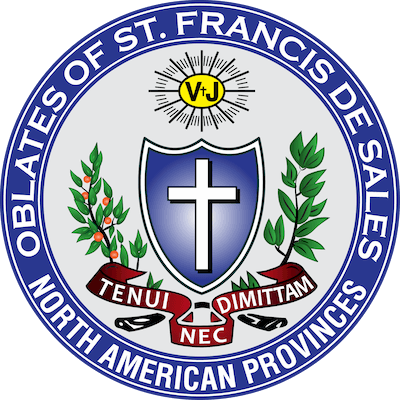The Christmas season ended this past Sunday on the feast of the Baptism of the Lord. Or did it? Every January there seems to be discussion among Christians on social media as to when the Christmas season officially ends. For Christians who follow the Western tradition, the season has just concluded. But for most Eastern Orthodox and Ukrainian Catholic Churches, Christmas has just begun.


Christians in the Eastern Church follow the Julian calendar and celebrate Christmas on the traditional date of January 7. Epiphany is celebrated on January 19. For those following these original dates, the season is in full swing. Prayers, music, food, and fun are still going strong as we enter the middle of January.
For Eastern Rite Catholics, Christmas has more of a family and home emphasis. The first meal of the Christmas season is called “Holy Supper” - the evening meal before Christmas Day and before going to the Church. As the family gathers around the table they pass around a piece of bread (called prosphara). This had been blessed at the church the week before and is similar to the communion bread used in the Eastern Church. As bread is broken and passed around, each person says “Christ is Born - Glorify Him!”
After the Holy Supper people go to Church to celebrate the announcement of Christ’s Birth. This is done at the evening Compline service. The highlight of this service is when the priest, holding a lighted candle, sings: “God is With Us! Understand, O nations and submit yourselves, for God is with us!” and the people respond singing the same thing. The Gospel of the Nativity is then proclaimed. The next day (January 7) the Divine Liturgy is celebrated, and the Gospel of the Wise Men is read. The Eastern church does not use this Gospel on the Epiphany. In the Eastern tradition, Epiphany is really about the manifestation of Christ at his Baptism. The Epiphany (or Theophany) is a major feast of the Church and Eastern culture.
The difference between the Eastern and Western celebrations of Christmas is that the Roman Rite emphasizes the humanity of the Holy Child. The Eastern Rite sees Christmas as the Incarnation of the Light and its triumph over darkness, death, and sin (see John 1:5). Hence, the classic icon of the Nativity is the Holy Child lying in a dark cave, the symbol of death (darkness) being overcome by Light.
Between the celebration of Christmas and Epiphany in Ukraine is a special day called “Malanka.” This holiday is celebrated on January 13. It used to mark the beginning of the new year before the calendar was changed from Julian to Gregorian.
All of these Christmas traditions are ways for Ukrainians and Eastern-rite Christians around the world to celebrate and connect with their ancestors, their history, and their ancient roots. No matter what date you celebrate, may the spirit of Jesus, the Light in the darkness, remain with you and your loved ones throughout the new year.
This reflection was composed with the assistance of Father Bill Gore, OSFS. Fr. Gore has ministered in Ukraine and among Eastern Europeans in the U.S. (most recently at St. Nicholas Ukrainian Catholic Church in Wilmington, DE). Today, Fr. Gore is a senior priest at St. Edmond’s Parish in Rehoboth Beach, Delaware.
Fr. William Gore, OSFS
Senior Priest
St. Edmond’s Parish, Rehoboth Beach, DE







